
MOSCOW, February 23, Vladislav Strekopytov. The most common diseases are not believed to be transmitted between people. However, the latest large-scale study allows us to take a fresh look at this issue. What biologists have found out is in the material .
Personal microbiome
Our body is made up of about 30 trillion human cells, but there are also about 39 trillion microbial cells. The large community of bacteria, viruses, protozoa and fungi present in the intestines, mouth, skin and other places is called the microbiome.
Biologists used to try to divide microbes into “good” and “bad”, pathogenic . Now it is increasingly clear that they form a kind of ecosystems, on the normal functioning of which our health largely depends.
If we inherit the genome (the set of all genes) from our parents and it generally remains constant throughout life (with the exception of small nucleotide variations), then the microbiome, which is also established at birth, can change greatly. And very quickly — at every age it can be different.
His personal profile is formed under the influence of many factors: ecology, lifestyle, composition of food and water. Those around you also have a huge influence, especially those who are in constant close contact — family, friends, colleagues.
Microbiomes are like fingerprints. They are so diverse that they are not repeated in any person.
There are some types that are present in almost everyone. For example, Escherichia coli is found in more than 90 percent of people in Western countries. Within a population, any two randomly selected individuals typically have 30 to 35 percent overlap in species composition. However, each species can consist of many strains and variants. To identify them, detailed genetic studies are needed.
Sharing with loved ones
The first large-scale study to compare the composition of the microbiomes of different people at the genetic level was conducted by an international group of biologists led by Nicola Segata from the Italian University of Trento. Eighteen institutes and research centers from around the world participated.
The authors analyzed more than 9,700 stool and saliva samples from people from 20 countries on five continents, representing communities with very different lifestyles. Scientists have identified more than 800 species and 800,000 strains of microbes and tracked how they spread between family members, roommates, and within communities.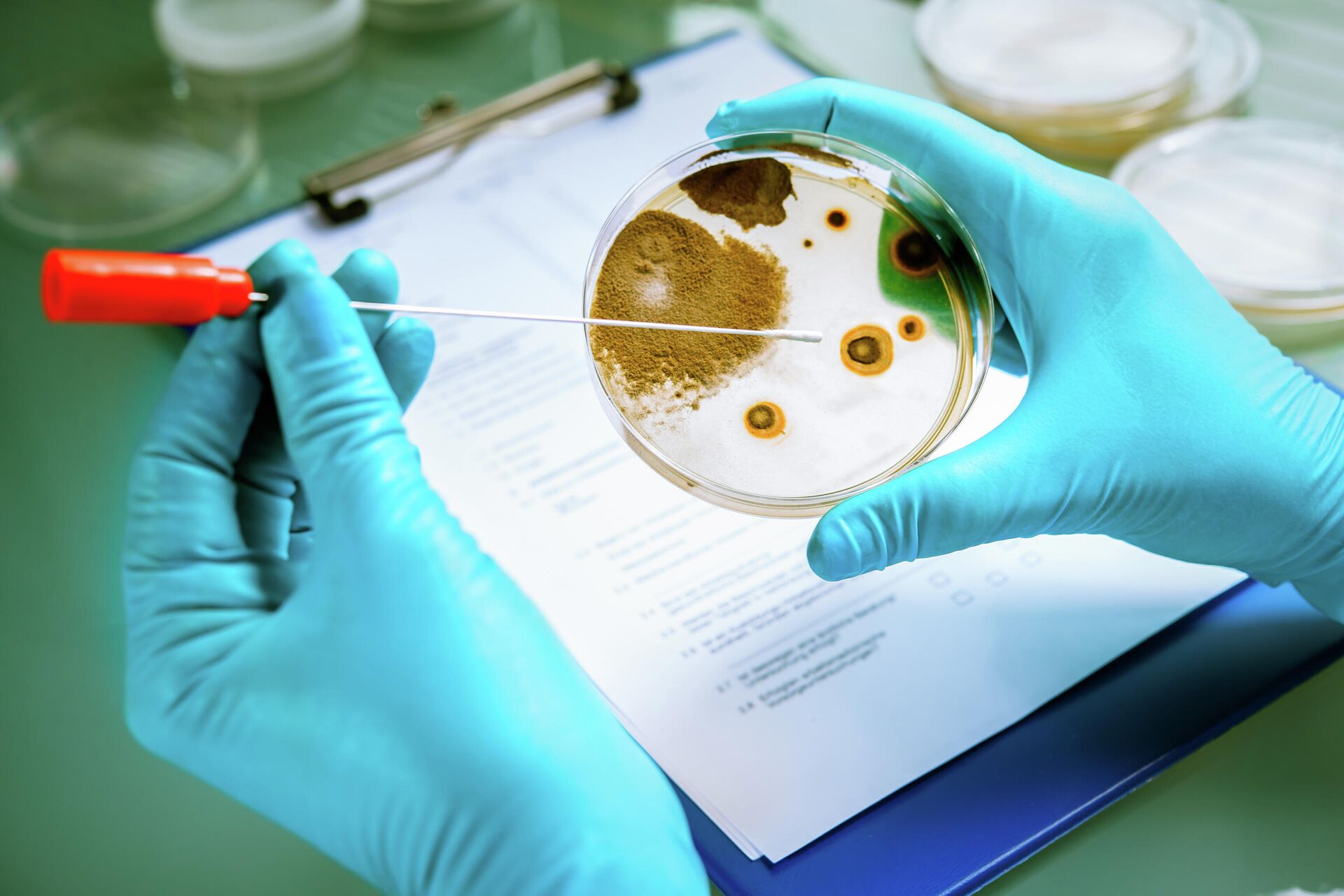
As expected, the greatest agreement was found in mothers and newborns. About 50 percent of the microbiome of children under one year of age is represented by strains inherited from the mother. Over time, this percentage decreases: by three years — to 27 percent, and by 30 years — to 14.
Family members living together tend to have very similar microbial communities. The authors estimate that 13 percent of gut microbes between spouses and intimate partners are not only shared, but even belong to the same strains. For the oral microbiota, the overlap is already 38 percent. For people simply living in the same area, this percentage is slightly lower — 12 and 32, respectively. Even residents of the same village have many common strains — significantly more than people separated by large distances.
Time matters
The exchange of microbes occurs through all types of contact — through the skin , mucous membrane, by airborne droplets, through evaporation and secretions, any waste products. Despite this, scientists consider time spent together to be the most important factor for the formation of a common bacterial environment.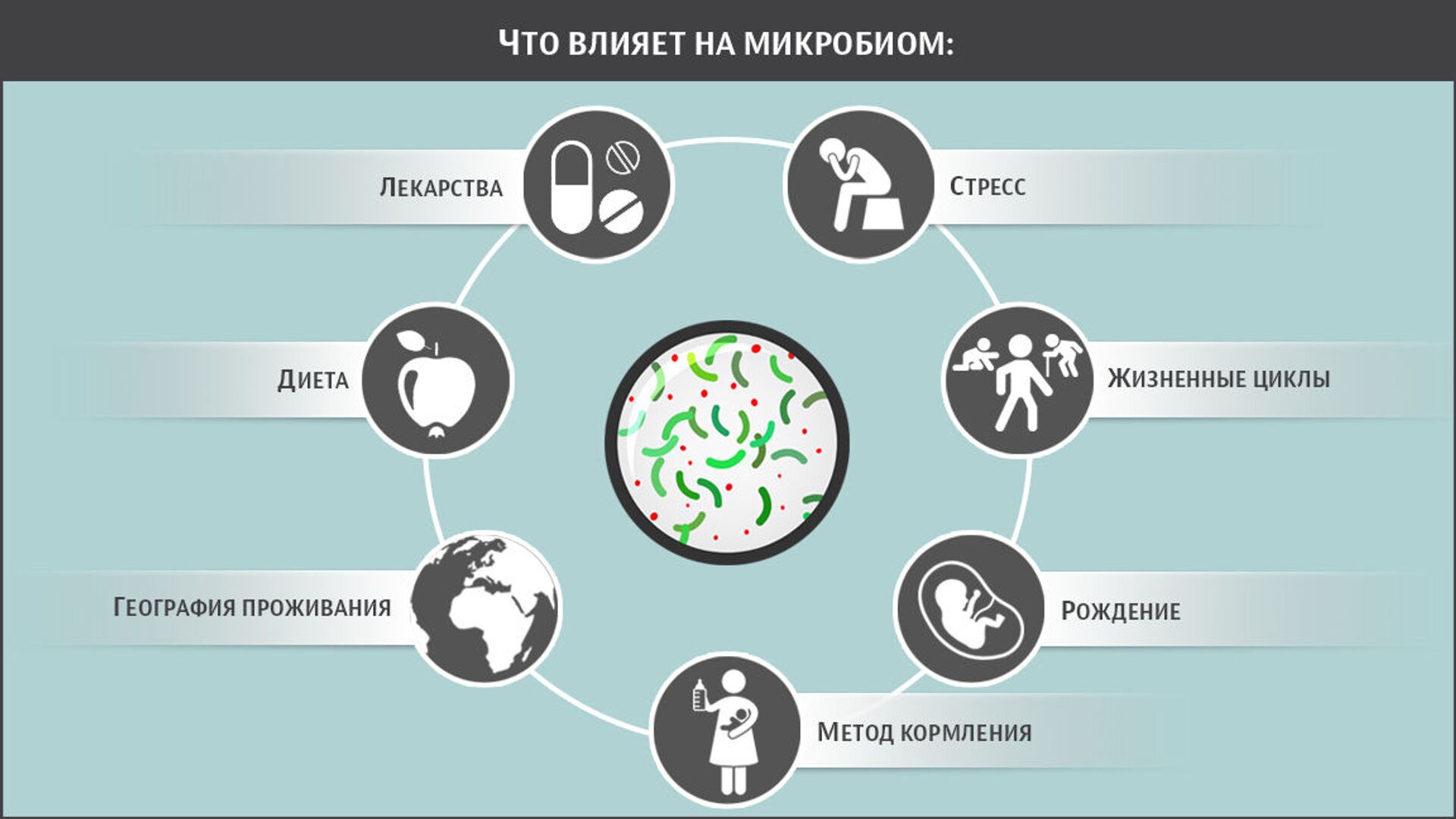
< br />For example, after a breakup, the level of agreement begins to decline.
The authors provide an interesting fact. In twins born and raised together, the overlap of the microbiome is at least 30 percent, but after several decades of living apart it can drop to ten percent or less.
But pets, contrary to popular belief, do not make a big contribution — their «inhabitants», as a rule, do not take root in the human body.
Social microbes
How quickly microbes are transmitted from person to person in modern society has been shown by the COVID-19 pandemic. Moreover, the “good” ones spread at the same speed as the “bad” ones. Therefore, scientists are increasingly applying the term “infectious” not only to disease-causing pathogens, but also to the microbiome as a whole.
Several years ago, an international group of biologists led by Amar Sarkar from the University of Cambridge first introduced the concept of the social microbiome — a single microbial megacommunity colonizing a large group of people united by social ties.
The authors propose to consider it as a kind of archipelago, where each person is an island inhabited by a special set of microorganisms. Gradually they spread throughout the archipelago, just as birds or insects spread across islands.
In a recent paper published in the journal Cell, researchers analyze the impact of the social microbiome on human health. They note that microbial exchange plays a significant role in people's susceptibility and resistance to both infectious and non-infectious diseases.
The appearance of “foreign” microbes can cause allergic reactions, changes in the body’s metabolism and immune system, reduce the effectiveness of medications, and even provoke diseases such as diabetes or cancer. There are cases where people living in the same family became infected with antibiotic-resistant bacteria from each other if one of them underwent a long course of antibiotic therapy. Also, changes in the composition of the intestinal microflora significantly affect the body’s resistance to pathogens or adverse environmental conditions.
“Some noncommunicable diseases may actually have an infectious aspect,” one of the study’s authors, Rachel Carmody, assistant professor of human evolutionary biology at Harvard University, was quoted in a press release. “Although this can be a potentially alarming thought. Socially transmitted microbes may also help protect against disease.»
For example, studies have shown that mice sharing a cage pass on microorganisms to each other that increase resistance to colitis or improve response to cancer therapy.
«The fundamental challenge is to identify the microbes responsible for reducing or increasing risk and understanding the contexts in which they are transmitted. Understanding how this works can ultimately be used to benefit humans,» adds Carmody.
In particular, the effectiveness of treating infections caused by the bacteria Clostridium difficile, which manifests itself in the form of diarrhea, severe colitis and colon enlargement, has already been proven using transplantation of intestinal microflora from a healthy donor.
Connection with diseases
Until now, researchers have only analyzed the microbiomes of healthy people. The next step is now to understand the role of microbial exchange in the development of certain diseases.
“Microbiome transmission has serious consequences, since some non-communicable diseases are partly associated with altered microbiome composition,” explains Nicola Segata.
For example, certain strains of E. coli can produce toxins that increase the risk of cancer. Those with Fusobacterium bacteria present have a worse prognosis for colorectal cancer. Gut microbes, which affect glucose and insulin levels in the body, have been linked to obesity and conditions such as metabolic syndrome and even type 2 diabetes. It is assumed that an imbalance in the microbiome is associated with neurodegeneration and can trigger the development of Alzheimer's disease.
«If all these diseases are at least partially dependent on microbes, and the microbiome is at least partially contagious, then these diseases should be considered partially contagious,» — says Segata.
Unfortunately, so far scientists have limited themselves to establishing correlations and cannot say whether microbes cause the development of certain non-infectious diseases, or whether it is simply easier for them to colonize a weakened body.




























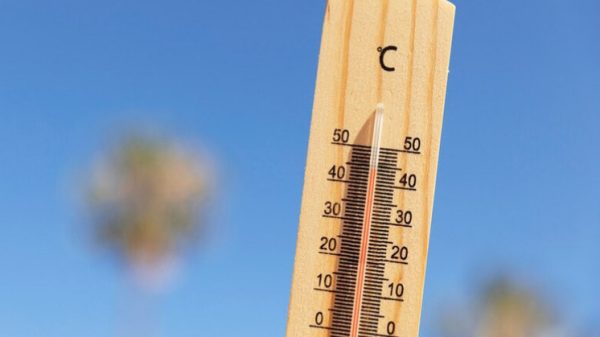

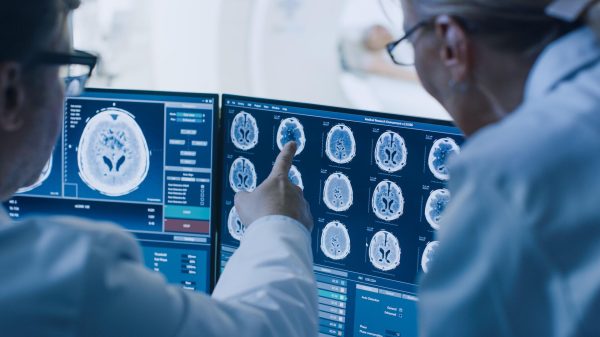
























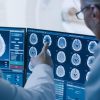






Свежие комментарии